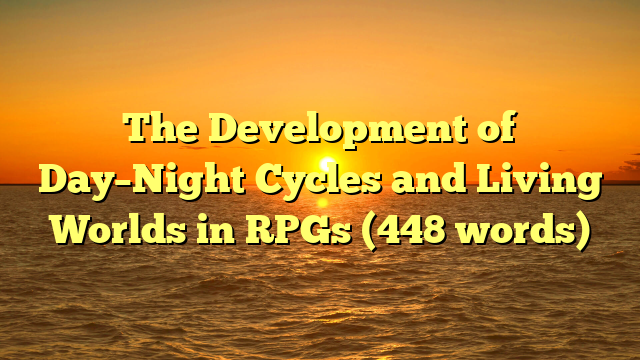Day–night cycles have become a standard feature in RPG worldbuilding, but their evolution reflects the genre’s push toward realism and raja toto88 immersion. Early RPGs lacked dynamic time systems due to hardware limitations; worlds existed in a perpetual, static state. NPCs did not move, seasons never changed, and time had no gameplay impact.
The shift began in the late 1980s and early 1990s. Games like Ultima V introduced basic time cycles—shops closed at night, and NPCs followed simple routines such as sleeping or eating. Though primitive, these systems created the first sense of a “living world.”
As technology advanced, RPGs leveraged time systems to shape gameplay. The Legend of Zelda: Majora’s Mask offered one of the most intricate time loops in gaming, where NPCs followed detailed schedules, and quests depended on precise timing. This demonstrated how time could enrich storytelling and add strategic depth.
Open-world RPGs like Gothic and Morrowind expanded this concept with complex NPC routines, changing guard shifts, and environmental transformations. Day–night cycles also introduced dynamic danger—nocturnal monsters, nighttime thieves, and stealth opportunities.
Modern RPGs integrate time systems seamlessly into world simulation. The Witcher 3 ties monster behavior, shop availability, and alchemy effectiveness to in-game time. Skyrim uses time cycles to support immersive world behavior, from villagers attending markets to wolves hunting at dusk. Survival RPGs incorporate temperature changes, food scarcity, and light-based mechanics.
Day–night cycles have become more than visual effects; they influence mood, quest design, combat, and narrative pacing. They breathe life into RPG worlds, making them feel dynamic, reactive, and truly alive.


